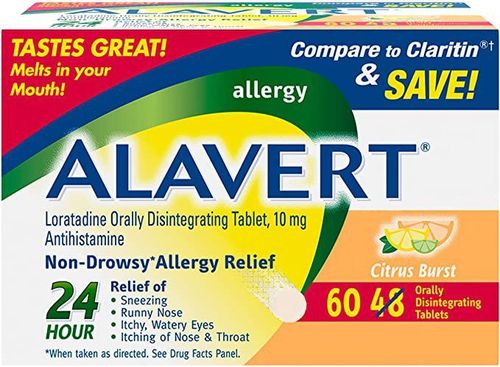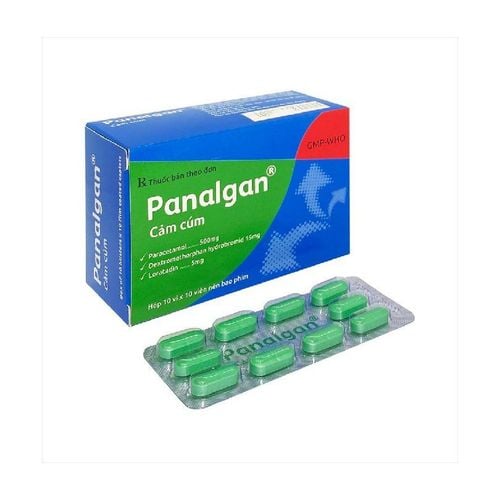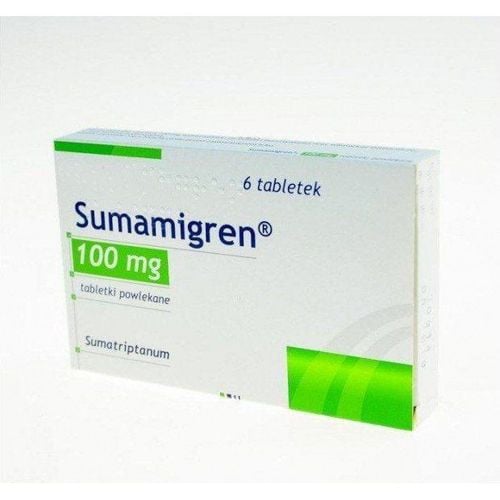This is an automatically translated article.
Mofazt drug has main ingredients: Paracetamol, Pseudoephedrine HCL, Dextromethorphan HBr, Chlorpheniramine maleate. It is used in the treatment of symptoms of upper respiratory tract allergies with fever and seasonal allergies, headaches, migraines, aches and pains caused by flu, toothaches, sore throats, musculoskeletal aches and pains. pain caused by arthritis, fever, .. Let's find out more details about how to use Mofazt effectively through the article below.
1. What is Mofazt?
Drug Mofazt belongs to the group of analgesics, antipyretics, non-steroidal anti-inflammatory drugs, drugs for the treatment of Gout and osteoarthritis. The drug is prepared in the form of soft capsules and packaged in boxes of 3 blisters x 10 tablets.
Mofazt drug has the main ingredients: Paracetamol content 325 mg, Pseudoephedrine HCL 30mg, Dextromethorphan HBr 10mg, Chlorpheniramine maleate 2 and other excipients.
2. What does Mofazt do?
Mofazt is used in the following cases:
Relieves symptoms of allergies in the upper respiratory tract with fever and seasonal allergies. Treats painful symptoms such as: Headache, migraine, flu pain, toothache, sore throat, musculoskeletal pain, arthritis pain, pain after vaccination or tooth extraction Also helps to reduce pain fever for patients with colds or fever-related illnesses.
3. Dosage - How to take Mofazt
Mofazt is used orally.
Reference dosage of Mofazt is as follows:
Adults: 1-2 Mofazt tablets every 4-6 hours, no more than 12 Mofazt tablets/24 hours Adolescents > 12 years old: 1-2 Mofazt tablets every 6 hours, no more than 8 Mofazt tablets/24 hours Children 6-11 years old: 1 Mofazt tablet every 4-6 hours, not more than 6 Mofazt tablets/24 hours Children 6-8 years old: up to 5 Mofazt tablets/24 hours Children <6 years: Use: Use Mofazt as directed by your doctor. Liver/kidney failure, elderly: Reduce dose of Mofazt In case of overdose of Mofazt
In case of overdose or signs of toxicity, the patient should stop treatment and contact a doctor immediately. Paracetamol toxicity is caused by prolonged or repeated use of high doses, sometimes as a result of a single dose. This can cause severe or severe liver necrosis that can be fatal. Symptoms such as nausea/vomiting, abdominal pain usually appear after taking the drug within 2-3 hours. Methemoglobinemia leads to cyanosis of the skin, nails and mucous membranes, agitation, delirium, hypothermia, respiratory and circulatory failure. Management: Active supportive treatment, combined with gastric lavage in all cases within 4 hours after ingestion. The main detoxification therapy in this case is the use of sulfhydryl compounds. N-acetylcysteine is effective when taken orally or intravenously, however, if N-acetylcysteine is not available, Methionine can be used. Also consider using activated charcoal, salt bleach to reduce absorption of paracetamol.
4. Contraindications to taking Mofazt
Mofazt drug should not be used in the following cases:
Patients with hypersensitivity, history of allergy to any ingredient in the formulation of Mofazt. Persons being treated with MAOIs within 2 weeks. The patient has severe hypertension. Severe heart disease such as coronary insufficiency, glaucoma. The patient has difficulty urinating due to prostate gland or other causes. New or long-standing epilepsy. People with severe liver disease. Women who are breastfeeding their babies. Patients with glucose - 6 - phosphate dehydrogenase deficiency.
5. Mofazt drug interactions
The following are some of the reported Mofazt drug interactions such as:
Caution when combining Mofazt with drugs such as: Metoclopramide, Barbiturates, Domperidone, Cholestyramine, Phenytoin, Carbamazepine, decongestants, stimulants Amphetamines, appetite suppressants, Bretylium, Bethanidin, Methyldopa, Guanethidine, Debrisoquin, alpha & beta adrenergic blockers, Methacholine. Long-term use of Mofazt in high doses slightly increases the anticoagulant effect of Coumarin and Indandion derivatives. Caution should be exercised when Mofazt is used in combination with phenothiazines and antipyretic therapies because of the potential for severe hypothermia in patients. Long-term and excessive alcohol consumption can increase the risk of Acetaminophen causing liver toxicity. To ensure safety when using Mofazt, patients need to inform their doctor about other diseases they are experiencing and other drugs they are using to avoid unwanted drug interactions.
6. Side effects when taking Mofazt
During the use of Mofazt, patients may experience some unwanted side effects such as:
Dizziness, drowsiness Nausea, vomiting, constipation, diarrhea, loss of appetite, upper pain taste. Rare skin rash Renal disease, nephrotoxicity with long-term abuse of Mofazt, neutropenia, pancytopenia, anemia. Hypersensitivity reactions are rare If the patient experiences any of the following symptoms, stop using the drug and contact the doctor immediately or go to the nearest medical center for prompt treatment:
Redness , peeling or blistering of the skin, hives, rash, itching. Swelling of the face, tongue, lips, throat, eyes, hands, feet, ankles, or legs. Hoarseness Difficulty breathing or swallowing. In addition, Mofazt may cause other side effects that are not listed above. Patients should inform their doctor or pharmacist of any unusual problems while taking the medicine.
7. Pay attention to precautions when using Mofazt for treatment
Patients need to carefully refer to the instructions for taking Mofazt listed on the product packaging or through the prescription sheet of the doctor/pharmacist. Here are some precautions when taking Mofazt medicine.
Avoid alcohol during treatment with Mofazt because heavy use of alcohol can increase the hepatotoxicity of paracetamol. Use with caution in patients with glaucoma, thyroid disease, high blood pressure, heart disease, diabetes, prostate enlargement, peptic ulcer, bladder neck obstruction, emphysema, inflammation. chronic bronchi. Caution should be exercised when combining Mofazt with other sedatives, tranquilizers, antidepressants, muscle relaxants, and other CNS depressants. Mofazt should be used during pregnancy only when clearly needed. Mofazt should be used with caution in patients with pre-existing anemia, as cyanosis may not be evident. Mofazt is prescribed by a doctor / pharmacist, patients absolutely do not arbitrarily use the drug without a prescription. In summary, in order for the process of using Mofazt to be effective and safe, patients should carefully read the instructions for use and use the drug as directed by a qualified doctor.













